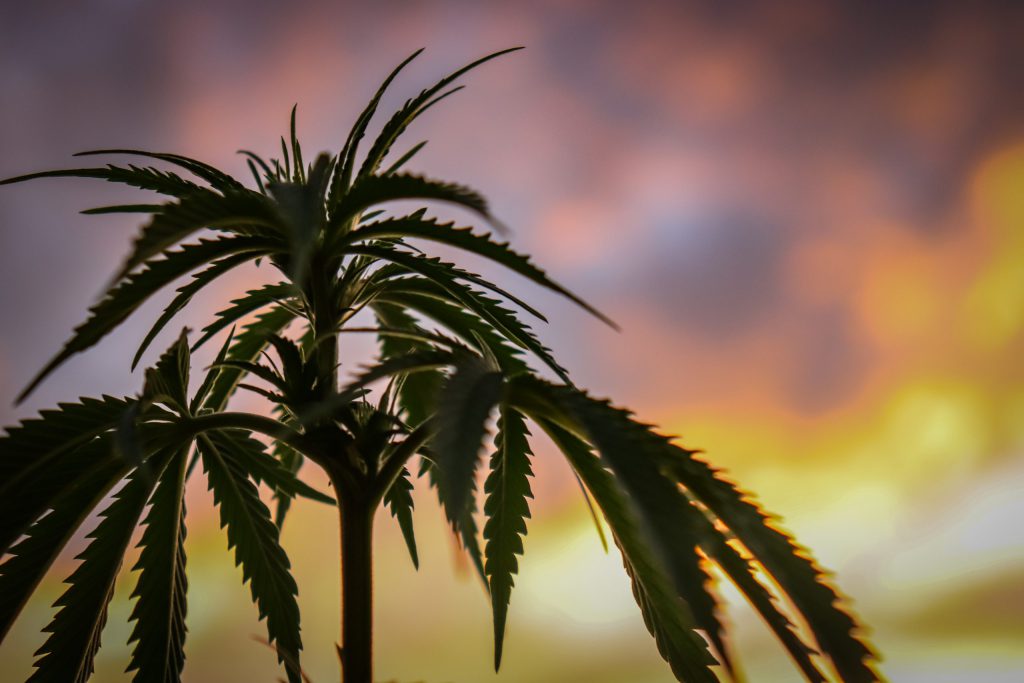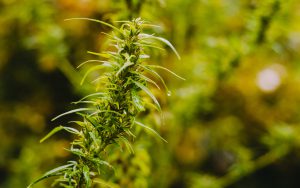10 THINGS YOU NEED TO KNOW ABOUT CANNABIS FLOWERING
10 THINGS YOU NEED TO KNOW ABOUT CANNABIS FLOWERING
Cannabis flowering is a critical moment for growers as it is when the plants start producing buds and flowers. In this article, we will delve into everything you need to know about cannabis flowering, including the different types of flowering, duration, and how to ensure the best possible flowering for your plants.
-
What is cannabis flowering?
Cannabis flowering is the process in which plants start producing buds and flowers. It is triggered when cannabis plants receive an adequate amount of light and darkness. In natural conditions, cannabis plants begin to flower in autumn when days shorten and nights lengthen. However, growers can manipulate flowering using different techniques. -
Duration of cannabis flowering
The duration of the cannabis flowering period varies depending on the variety and growing conditions. Generally, flowering can last between 6 and 12 weeks, although some varieties may take longer to finish flowering. Cannabis sativa varieties tend to have a longer flowering period than indica varieties, which is an important consideration for growers aiming to harvest their plants as quickly as possible. On the other hand, autoflowering varieties have a shorter flowering period due to their unique genetics, making them a good choice for quick and easy harvests.

-
Male and female flowers
Cannabis plants can be male or female, and each has a different role in flowering. Male plants produce flowers that contain pollen, while female plants produce flowers that contain buds. If growers want to obtain cannabis seeds, they need to pollinate the female flowers with pollen from male flowers. -
Fertilizers for cannabis flowering
Specific fertilizers for cannabis flowering are essential to ensure a healthy and abundant bloom. Growers should use fertilizers rich in phosphorus and potassium during the flowering stage. It is also important to use fertilizers containing micronutrients such as iron, magnesium, and zinc to ensure that your plants receive all the necessary nutrients for healthy flowering. -
Indoor and outdoor flowering
Cannabis flowering can occur indoors or outdoors, depending on the preferences and skills of the grower. Indoor cultivation allows growers to have more precise control over environmental conditions such as light and temperature, which can enhance flower quality and quantity. Outdoor cultivation allows plants to benefit from natural sunlight and increased space. -
Outdoor flowering
Outdoor flowering refers to the cultivation of cannabis plants in outdoor settings. In this case, flowering occurs naturally following the cycle of natural light and darkness. The duration of outdoor flowering varies depending on the cannabis variety and weather conditions. -
Forced outdoor flowering
Forced outdoor flowering is a technique used by growers to encourage cannabis plants to flower outdoors. It is employed when producers want to ensure that their plants have enough time to finish flowering before winter sets in. To force outdoor flowering, growers can use techniques such as artificial lighting or shading the plants. -
Autoflowering cannabis flowering
Autoflowering cannabis flowering is particularly attractive to growers seeking a quick and efficient harvest. Autoflowering marijuana strains have a shorter life cycle than regular strains, meaning they have a shorter flowering period and can be harvested within a shorter timeframe. Moreover, autoflowering cannabis is not dependent on the light-dark cycle to flower, allowing growers to cultivate it at any time of the year. -
Sativa cannabis flowering
Sativa cannabis strains are known for their cerebral and uplifting effects. They tend to have a longer flowering period, which can last up to 12 weeks. However, this longer flowering period can be rewarded with a more abundant and higher-quality harvest.
-
Indica cannabis flowering
Flowering of indica cannabis plants is crucial to obtaining high-quality buds. Indica cannabis varieties have a shorter flowering period than sativa varieties, making them a popular choice for growers looking for a quick and easy harvest. During flowering, buds begin to grow on the branches, eventually leading to an abundant harvest. Indica cannabis plants tend to produce dense and compact buds, making them a popular choice among consumers seeking a relaxing and sedating experience. -
Recognizing cannabis flowering maturity
Recognizing the maturity of cannabis flowers is crucial for obtaining a quality harvest. As cannabis plants mature, buds change shape and size, and leaves start to turn yellow. Changes can also be observed in trichomes, which are the small glands that produce cannabinoids and terpenes. Growers can use a magnifying glass or microscope to closely examine the trichomes and determine if they are ready for harvest. When trichomes turn amber or brown, it indicates that cannabinoids and terpenes have reached their peak production.
Promoting cannabis growth and flowering
Cannabis cultivation involves three main phases: germination, vegetative phase, and flowering phase. To promote cannabis growth and flowering, the use of clones or cuttings is preferred. Cloning ensures synchronization of the life cycle, as the germination phase and the first weeks of vegetative growth in seedlings are already completed. Hydroponic systems are also a viable option as they allow for faster nutrient absorption, accelerating the life cycle of marijuana plants.
In conclusion, cannabis flowering is a fundamental process to obtain the best buds and enjoy a quality harvest. Whether you cultivate indoors or outdoors, the use of proper fertilizers can enhance yield and quality in your cultivation.


 ไทย
ไทย